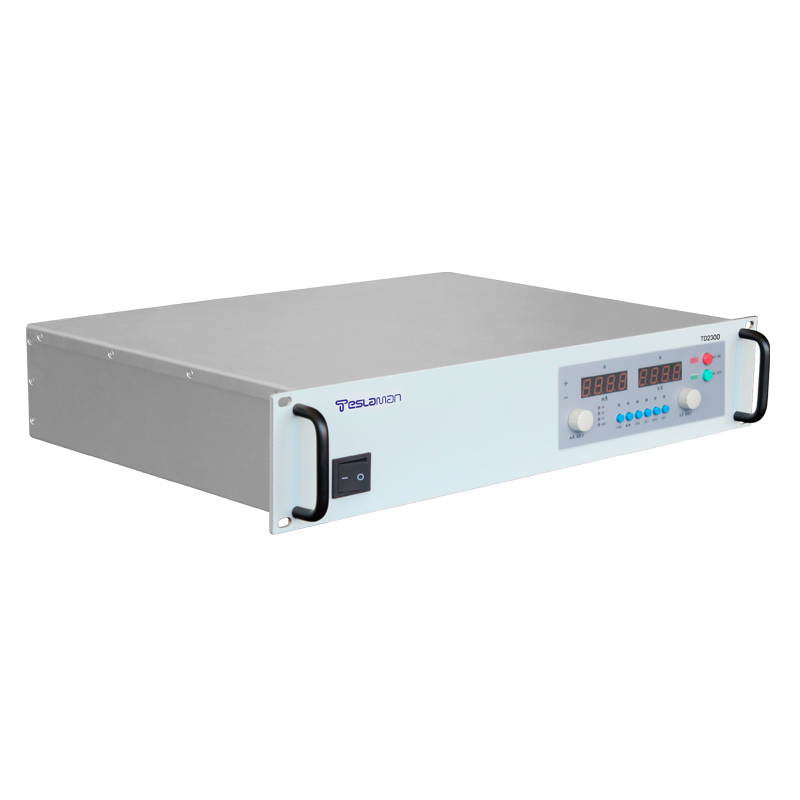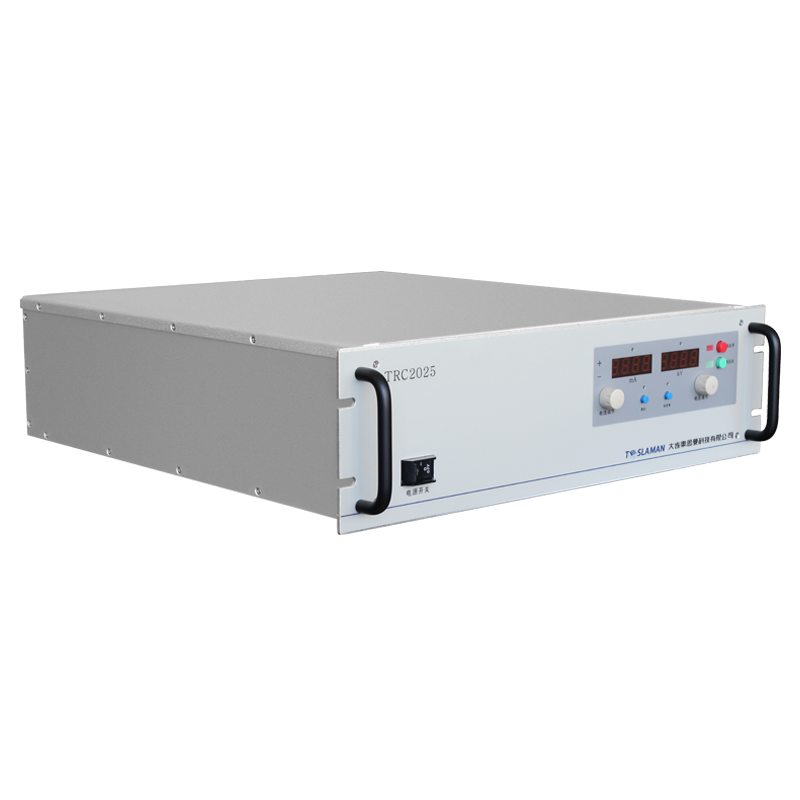Optimization Path and Technological Advances in High-Voltage Power Supplies for Electrostatic Separation
Electrostatic separation technology leverages differences in material charging properties within non-uniform electric fields, offering efficient, low-consumption, and eco-friendly solutions for recycling e-waste (e.g., metals from printed circuit boards) and mineral processing. Its efficacy hinges on the stability of high-voltage power supplies and the scientific design of electric fields, with optimization requiring in-depth efforts in parameter control, environmental adaptability, and intelligent systems.
I. Synergistic Optimization of Separation Parameters
1. Voltage Intensity and Field Distribution
Output voltage directly determines the electric field force. Experiments show that a range of 25–30 kV balances separation efficiency and energy consumption for materials like silver and PET. Excess voltage causes non-target particle adhesion, while insufficient voltage weakens the electric field. Corona wire structure also critically affects field uniformity: Combined long-short needle electrodes outperform single-row designs by expanding the corona discharge zone, increasing metal particle capture rates by >15%.
2. Mechanical Parameter Matching
Drum Rotation Speed: 60–75 r/min prevents material ejection due to centrifugal force while ensuring adequate charging.
Electrode Spacing and Angle: Optimal separation occurs at 60–70 mm spacing and 50°–60° angles. Larger angles weaken the corona zone, while smaller angles increase particle collisions.
II. Control Strategies for Environmental Factors
Separation efficiency is susceptible to material properties and humidity:
Non-conductive Powder: Content >10% coats metal particles, reducing conductivity and causing trajectory deviations via adhesion effects. Solution: Cyclone pre-separation removes powders <0.1 mm.
Humidity: Relative humidity >70% enhances surface conductivity of non-metals, leading to erroneous charging. Material drying and environmental humidity control below 60% are essential.
III. Intelligent Regulation of Power Supply Systems
Modern high-voltage power supplies enable dynamic optimization via closed-loop control:
1. Voltage Self-Adaptation: DSP-based systems monitor field current in real time. Upon detecting arcs or short circuits, they cut power and trigger cleaning alerts; low current prompts thyristor-driven voltage boosts to maintain field stability.
2. Multi-Parameter Feedback: Integrating voltage, speed, and humidity sensors into mathematical models (e.g., central composite design) minimizes intermediate products at 28.5 kV, 60 r/min, and 70 mm spacing.
IV. Future Trends: From Hardware Innovation to System Integration
Advancements will focus on two fronts:
1. Electrode Structure Innovation: Multi-row needle arrays (e.g., dual/triple rows) exploit electric field superposition to enhance edge field strength.
2. Multi-Physics Field Simulation: Boundary element method (BEM) and finite element analysis (FEM) simulate particle trajectories in corona-electrostatic fields, predicting efficiency to guide parameter design.
Conclusion
Optimizing high-voltage electrostatic separation requires harmonizing precise parameters, controlled environments, and intelligent systems. Synergizing the field-material-equipment relationship will break efficiency barriers and advance resource recovery toward sustainability. Future work must integrate AI algorithms for full lifecycle optimization.




















